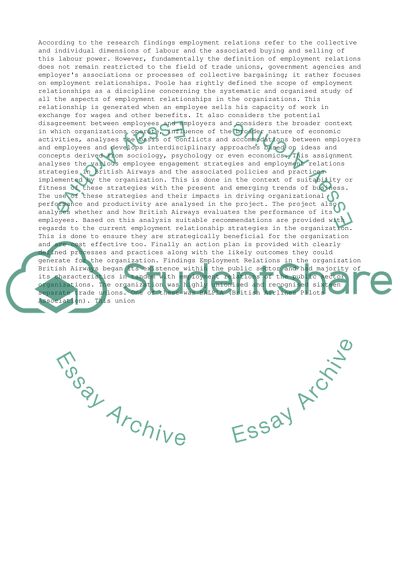Cite this document
(“The dynamics of employment relations in British Airways Essay”, n.d.)
Retrieved from https://studentshare.org/management/1396662-the-dynamics-of-employment-relations-in-british-airways
Retrieved from https://studentshare.org/management/1396662-the-dynamics-of-employment-relations-in-british-airways
(The Dynamics of Employment Relations in British Airways Essay)
https://studentshare.org/management/1396662-the-dynamics-of-employment-relations-in-british-airways.
https://studentshare.org/management/1396662-the-dynamics-of-employment-relations-in-british-airways.
“The Dynamics of Employment Relations in British Airways Essay”, n.d. https://studentshare.org/management/1396662-the-dynamics-of-employment-relations-in-british-airways.


